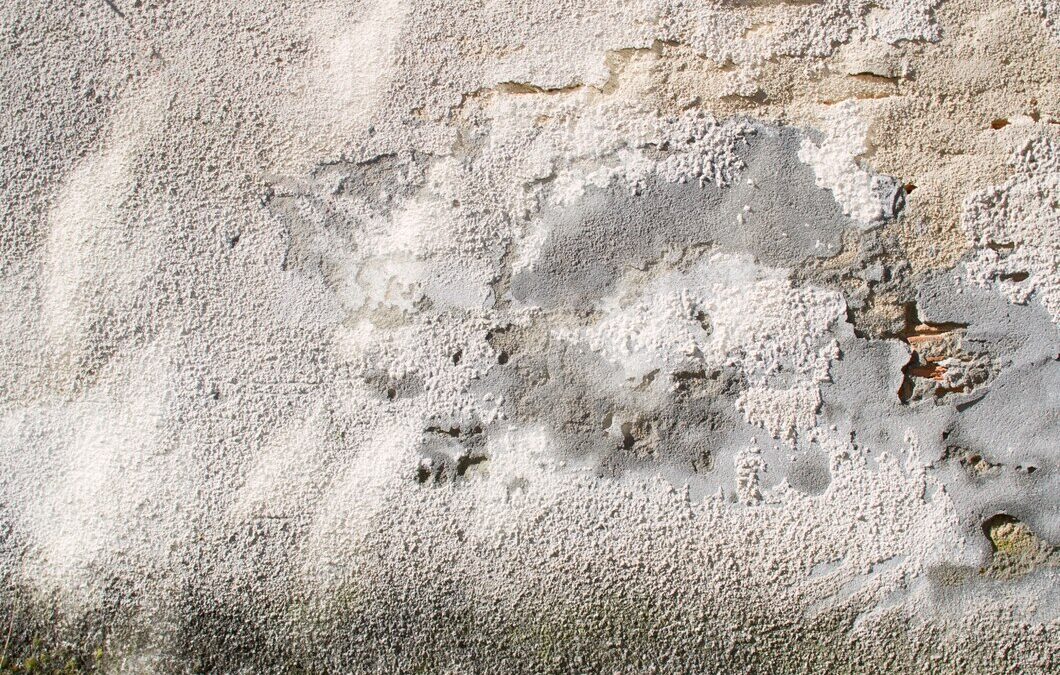Uneven concrete surfaces are more than an eyesore—they can be a safety risk and decrease the value of your property. Whether you find them in your driveway, patio, or basement floor, addressing these issues early can save you a lot of trouble down the road. With the right knowledge and tools, you can tackle minor unevenness yourself or seek professional help for more complex problems.
Concrete can become uneven due to a variety of reasons. Moisture infiltration, soil movement, or even poor installation practices can all lead to surfaces that slope, crack, or bubble up unexpectedly. Identifying the cause helps in finding the right solution to fix the problem effectively.
Don’t overlook the benefits of a smooth, level surface—it’s not just about appearance. Even surfaces protect your home from further damage and create a safer environment for your family or customers. Whether you’re a DIY enthusiast or prefer to leave it to the pros, understanding your options can help maintain your concrete surfaces efficiently.
Understanding the Root Causes of Uneven Surfaces
Uneven concrete surfaces are often caused by a variety of factors. These include soil erosion, which can occur when water washes away the ground beneath your concrete, leading to sinking or settling.
Tree roots can also grow beneath concrete, pushing the surface upwards. Inadequate compaction during installation may result in an unstable base, causing the concrete to crack or become uneven over time.
To catch these issues early, watch for signs such as visible cracks, pooling water, or gaps between the concrete and adjacent structures. Slight tilting or bumpiness are red flags that shouldn’t be ignored. Regularly inspecting your surfaces helps you detect problems early, allowing for quicker and less costly repairs.
Ignoring uneven concrete can lead to several consequences. It creates potential tripping hazards, compromising safety. If water settles into low spots, it may cause further erosion or freeze in cold weather, leading to additional cracking.
Over time, these issues can exacerbate and result in expensive repairs or even replacement, not to mention the negative impact on property value.
DIY Approaches for Minor Unevenness
For minor concrete unevenness, simple DIY solutions can work effectively. Start by gathering essential tools and materials, such as a concrete patching compound, a trowel, a level, and safety gear. Having the right equipment makes the task straightforward and manageable.
Follow this step-by-step guide to level small uneven spots:
1. Clean the Area: Remove dirt and debris to ensure proper bonding.
2. Mix the Patching Compound: Follow the instructions to achieve the right consistency.
3. Apply the Compound: Use a trowel to spread the mixture over the uneven area.
4. Smooth the Surface: Utilize a level to ensure flatness, adjusting as needed.
5. Allow Drying Time: Let the compound dry completely before use.
Preventive maintenance keeps minor unevenness from turning into bigger issues. Consider sealing the concrete to protect against moisture. Check the area regularly for new cracks or shifts.
These small actions can extend the life of your concrete and keep it looking its best. By staying proactive, you can avoid the costs and headaches associated with larger structural problems.
Professional Solutions for Major Issues
When concrete surfaces show serious issues, it’s time to call in the experts. Significant cracks, sinking, or large uneven areas often signal underlying problems that need professional assessment. Trying to fix these yourself can lead to more damage, so it is best to seek out skilled intervention.
Professionals use advanced leveling methods that offer precise solutions. One effective approach is slab jacking, where special grout is injected under the concrete to lift and level it.
Another method is using polyurethane foam injection, which stabilizes the surface by expanding and filling voids underneath. These techniques are both efficient and minimize the need for replacing the entire concrete surface.
The benefits of professional intervention are clear. Experts can assess the root causes of the unevenness and take corrective steps that amateurs might miss. This thorough approach ensures lasting repairs, saves money in the long run, and guarantees that your surfaces are safe and stable, eliminating potential hazards before they become bigger issues.
Long-Term Maintenance Strategies
Keeping your concrete surfaces even requires ongoing maintenance. Setting up a routine inspection schedule is key. By checking your concrete monthly for cracks, water pooling, and other warning signs, you can catch and treat minor problems before they worsen.
Follow seasonal care tips to protect surfaces against weather-related issues. In colder months, ensure proper drainage to prevent freeze-thaw cycles that can crack concrete. In warmer weather, keep an eye on plant growth and root intrusion that might disturb your surfaces.
To prolong the lifespan of your concrete, consider these tips:
- Apply a quality sealant every few years to protect against moisture and stains.
- Avoid using harsh chemicals that may weaken the surface over time.
- Redistribute heavy loads to prevent creating weak points in the concrete.
With regular care and attention, you can keep your concrete surfaces strong, safe, and looking great for many years to come.
Conclusion
Adopting solutions for uneven concrete surfaces not only improves the look of your space but also ensures safety and long-term durability.
Understanding the causes and taking action—whether through DIY fixes or professional help—prevents small issues from becoming costly problems. Regular inspections and maintenance safeguard your investment, offering peace of mind and enhancing property value.
If you’re facing challenges with uneven concrete, Lift-Texas Construction is ready to provide expert solutions. Our team specializes in concrete leveling and foundation repairs, ensuring your surfaces are safe and sturdy.
Contact us today to see how we can lift your project to the next level of excellence!

